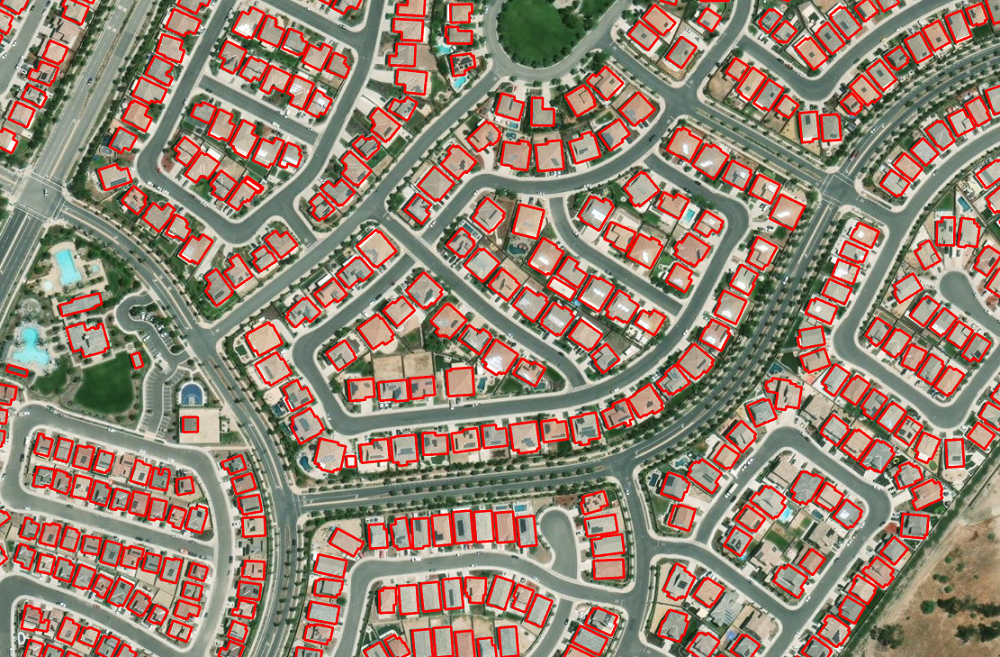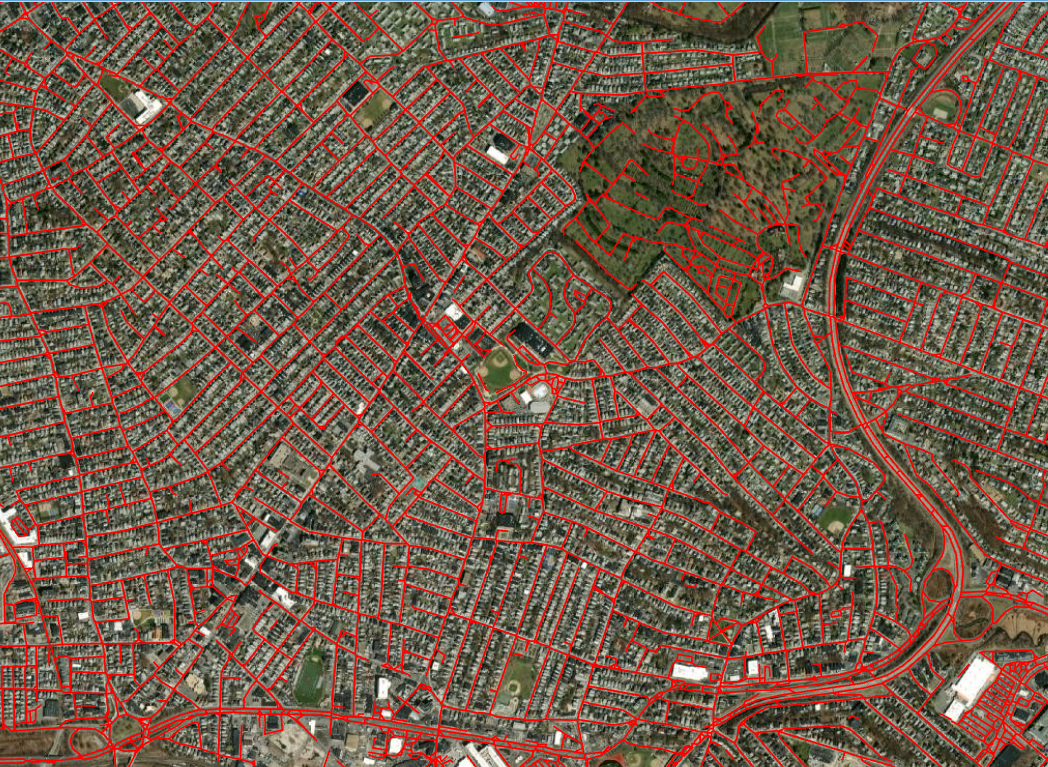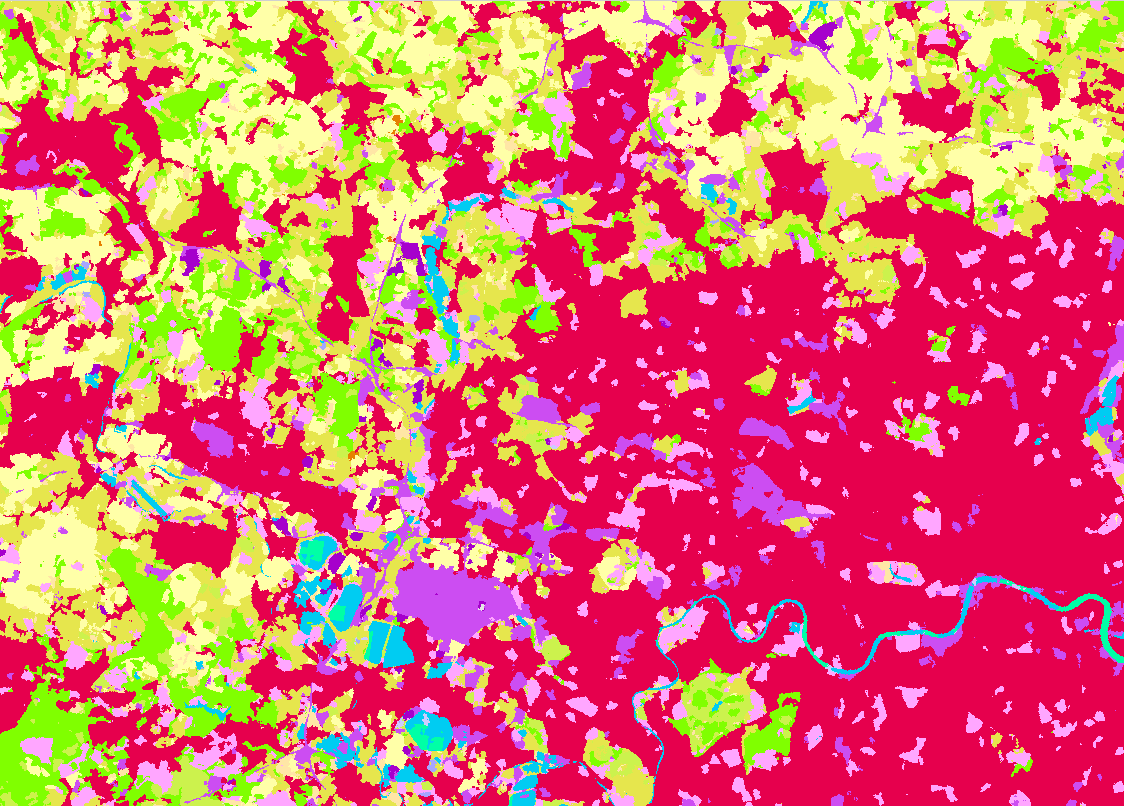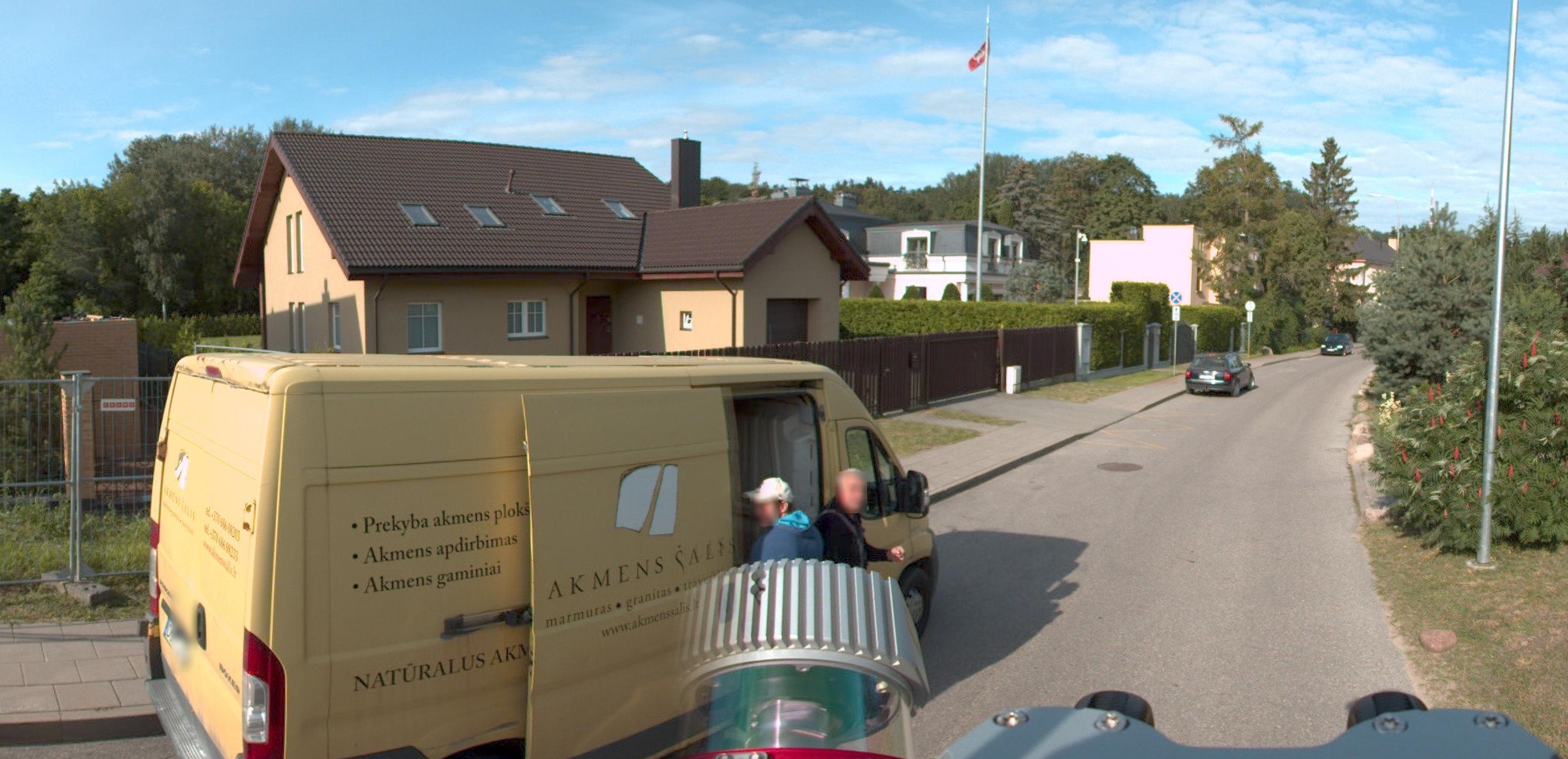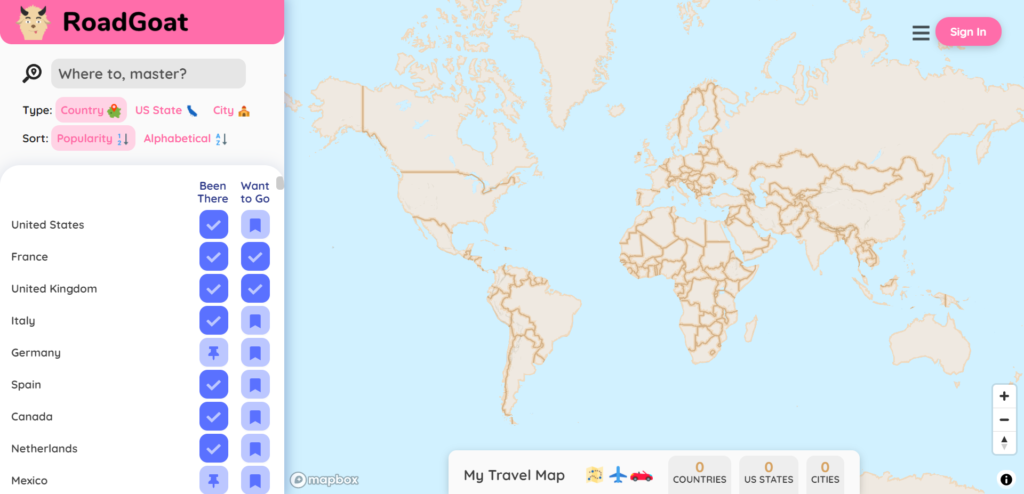
Travel platform RoadGoat launches Cities API to contextualize regions, localities
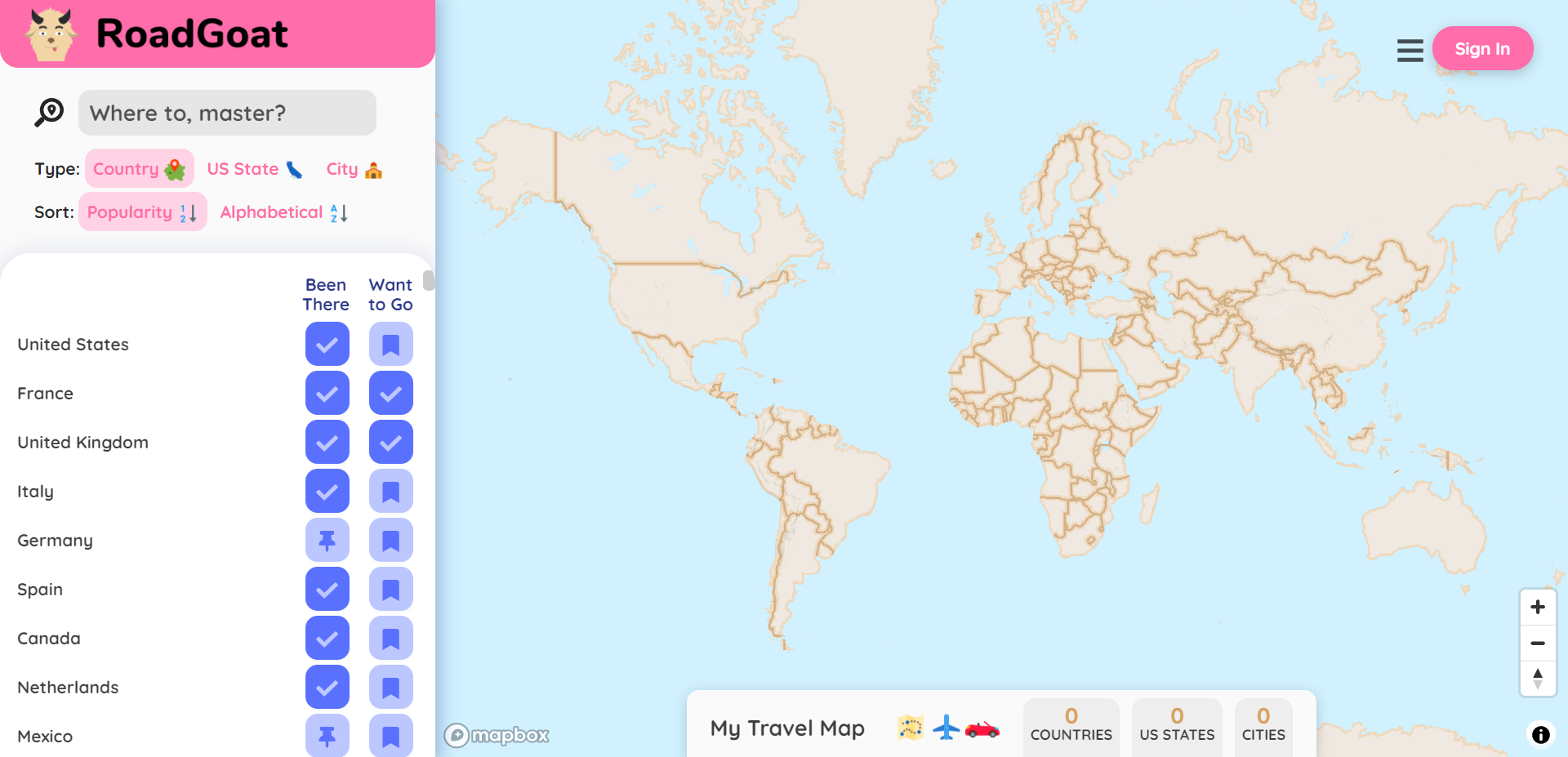
Founder Kurosh Hashemi describes RoadGoat as “Yelp for travel destinations”. Founded in late 2018, the travel planning site houses a rich database of more than 4.3 million towns and cities spread across 232 countries.
Users sync their social media accounts and/or wearable devices with RoadGoat and the platform provides them with personalized travel suggestions based on their travel history as well as preferences such as foodie culture, LGBTQ friendliness, COVID risk, etc.
To respect a user’s privacy, RoadGoat intentionally collects only as much information as is needed for the site to operate optimally. “We have integrations with partners such as FitBit and Foursquare, so that a user can automatically push their travel history to RoadGoat,” says Hashemi.
And locations are always sanitized to ‘city/town’ level. “For example, if you posted on Facebook about visiting a cafe in Paris, France, RoadGoat only saves the fact that you’ve been to Paris, France (not to that specific cafe),” Hashemi explains. “This way, even if our data were hacked into, our location data would be too coarse to do anything with. We also let users set their visibility level too – private vs friends only vs everyone.”

Kurosh Hashemi, CEO of RoadGoat
Encouraged by a growing user base, RoadGoat has now launched a suite of data products that would allow developers to add contextualized destination data to their mobile and web applications. The Cities API not only provides basic content like hand-picked photos and geodata about a destination, but it also dishes out more abstract details such as ‘known for’ tags, budget ratings, safety index, and COVID risk scores.
At first glance, the Cities API may seem similar to Google Places, Foursquare, Yelp, or Tripadvisor APIs. But, dig a little deeper and you realize that all of those APIs provide context about POIs (points of interest), whereas RoadGoat’s Cities API offers context about cities, towns, regions, and countries (with neighborhood-level data being added soon).
“Just like people, places are unique in appearance and personality,” Hashemi says. “We are here to help apps and websites convey that sense of place.” So, whether a developer is building products for social media, in-vehicle guidance, weather, or transportation, the Cities API could help to equip the site with richer context about places to engage users on a deeper level.
“Our customers are very excited about how this transforms their products,” Hashemi quips. “For example, hotel booking sites can now share more about the areas surrounding each hotel so potential customers feel more confident in their selection, and as a result are more likely to book directly on the site.”
The API’s free tier is limited to 1,000 calls per month, after which you pay $0.005 per call.




